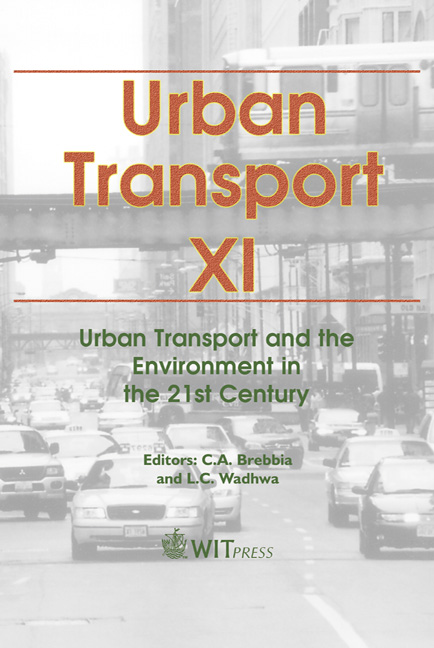Urban Planimetry Modeling As A Function Of Sustainable Traffic Of Serbia - Case Study Of Pozarevac And Kragujevac
Price
Free (open access)
Transaction
Volume
77
Pages
10
Published
2005
Size
589 kb
Paper DOI
10.2495/UT050291
Copyright
WIT Press
Author(s)
M. Ralevic & A. Djukic
Abstract
The subject of the research is the urban matrix of the cities in Serbia with a long continuous urban development, and possibilities of their transformation. The cities today face the problems of traffic efficiency and free flow of their streets, air pollution from exhaust gases, and also of losing their visual identity in terms of form. The aim of the research is to establish a rational traffic flow, adequate infrastructure, a continuous development of urban matrix and creation of visual identity. The methodology is based on the research of urban matrix development continuity from genesis time up to now, on logics of their transformation as well as on the research of some theoretical and practical street matrix models and the possibilities to apply them in concrete cities on the basis of predetermined historical codes. Traffic efficiency and infrastructure are the most important preconditions for sustainable development of the cities [1]. On the other hand, continuity of a street matrix development is important for several reasons. Methods of radical intervention on street matrix in terms of denying a street as a main constituent are mostly discarded as reconstruction methods [2]. Denial of historical and cultural values of a street as well as architecture framing is also very rarely applied in today’s practice. A modern approach to urban restoration of the cities and postulates of sustainable development are therefore basic guidelines in creation of theoretical models and their application in concrete examples. Keywords: matrix development, continuity, reconstruction, streets, historical development.
Keywords
matrix development, continuity, reconstruction, streets, historical development.





